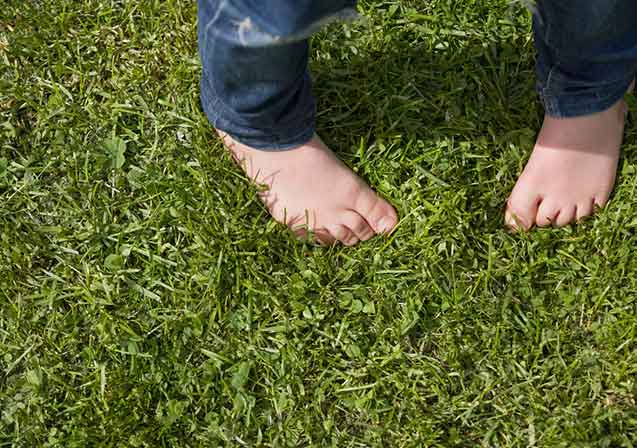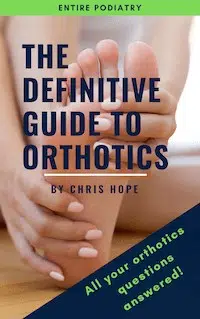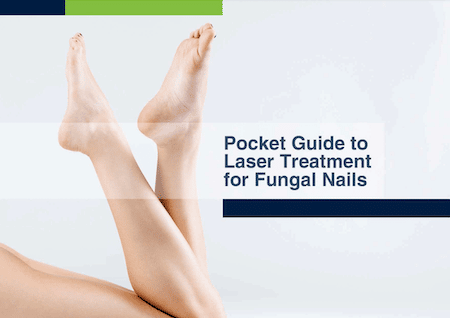What is in-toeing?
In-toeing is when a person’s feet turn inward (instead of pointing straight ahead or outward). In-toeing (or ‘pigeon toes’) is very common in young children.
In-toeing doesn’t usually cause serious problems. Most children with in-toeing will not experience clumsiness and will be able to participate in sports without any difficulty. In-toeing has not been shown to increase the risk of developing arthritis. Sometimes children with in-toeing may have difficulty finding shoes that fit due to the curve of their feet.
What causes in-toeing?
There are three main causes of in-toeing in healthy children:
- Metatarsus adductus is a curve in the foot itself, causing the foot to point inward. This curve can develop before the baby is born due to the position of the feet in the uterus.
- Internal tibial torsion is a twist in the tibia (the leg bone between the knee and the ankle). Some inward twist of the tibia is normal in babies, however in some children the twist doesn’t straighten and they may still in-toe when beginning to walk.
- Excess femoral anteversion in an inward twist in the femur (thigh bone). As with tibial torsion, some inward twist of the thigh bone is normal in babies but usually goes away in the first years of life. Excess femoral anteversion is often not apparent until the child is 2 to 4 years of age.
How is in-toeing treated?
Podiatrists can advise on the best type of footwear for children whose feet turn inward, and may also recommend stretches following assessment of the individual child.
In some cases, intoeing may go away without any intervention depending upon the age of the child. At times additional treatment may be required and this will depend on the cause and severity of the condition. For example, a brace is sometimes recommended to reduce metatarsus adductus. In some cases, orthotics (gait plates) can also be used to treat in-toeing.
Does in-toeing cause pain?
The impacts of in-toeing are usually minimal and in some cases there may be no symptoms of pain or impact on ability to participate in activity. However some children with in-toeing may experience pain and may notice that they are more likely to trip over. In these cases, a combination of exercises, orthotics and supportive footwear can be beneficial to alleviate symptoms.
Child podiatrist near me
If your child’s feet turn in, make an appointment with one of our podiatrists at one of Entire Podiatry’s 9 clinics in Brisbane, Toowong, North Lakes, Morayfield, Strathpine, Margate, Chermside, Logan, the Gold Coast, for expert assessment and treatment advice. Book an appointment online or Freecall 1800-4-ENTIRE (that’s 1800-4-368473).






